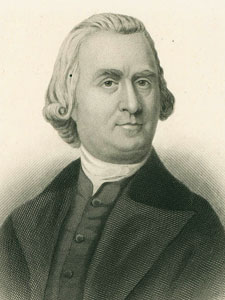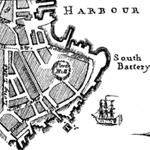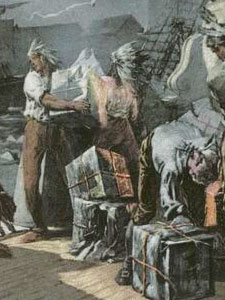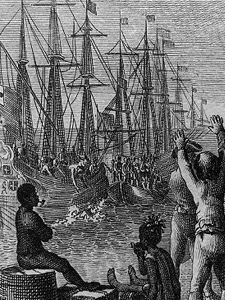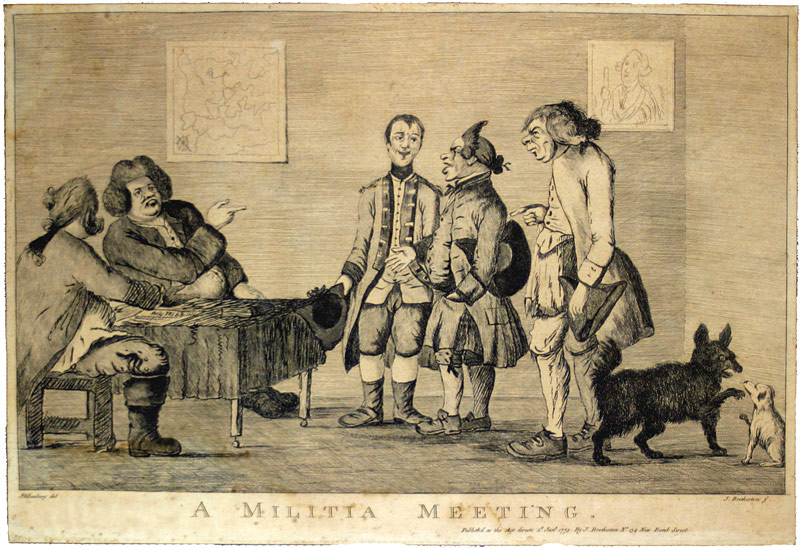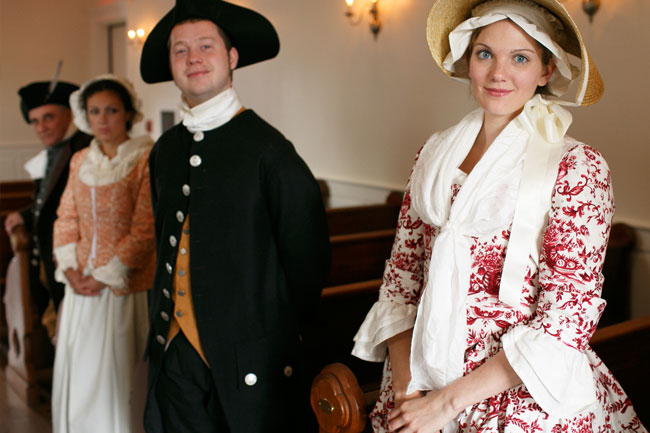December 16, 1773: “The Secret Plan”
With the Dartmouth refused a pass to safely sail out of Boston Harbor and to return her cargo of British East India Company Tea, time was running out and the Patriots exhausted all legal means to keep the ship from being unloaded. Since the arrival of the Dartmouth on November 28, the Sons of Liberty had been secretly planning a last resort alternative measure to prevent the unloading of the British East India Company tea if all diplomatic negotiations with government officials failed.

